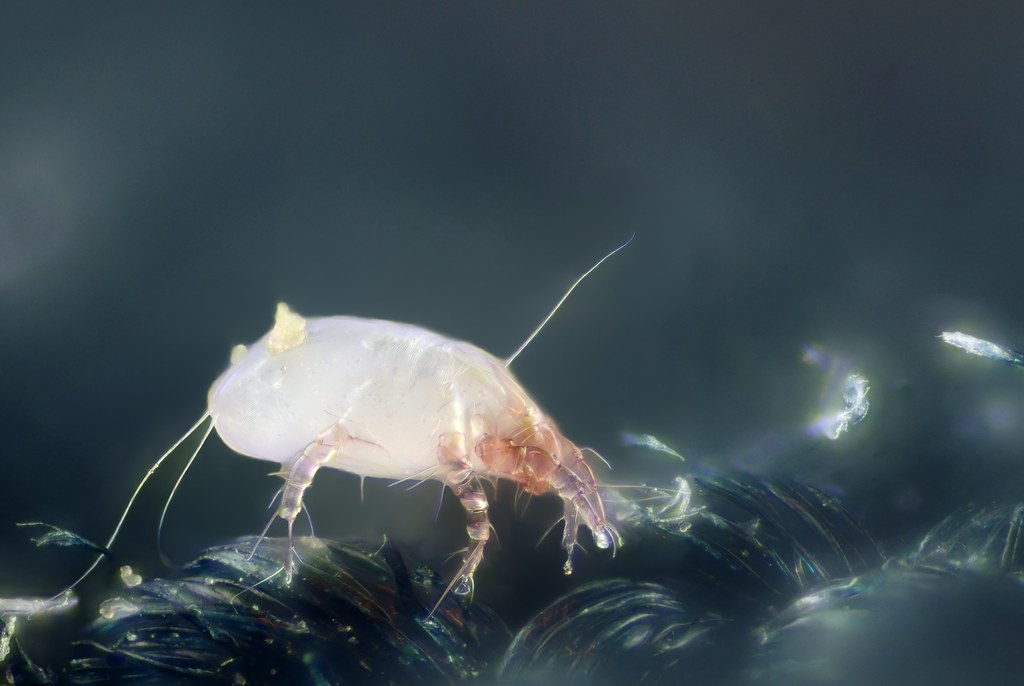Every day, humans inadvertently become mass exterminators of beneficial microorganisms that silently support our ecosystems and even our own bodies. From the morning shower to evening chores, our routine activities lead to the demise of countless microscopic allies. These tiny organisms—bacteria, fungi, mites, and other invertebrates—perform critical ecological functions that maintain environmental balance and human health. Despite their importance, we rarely consider the microscopic casualties of our daily lives. Understanding these accidental exterminations isn’t about inducing guilt but rather developing awareness of our interconnectedness with the microbial world and perhaps making small adjustments that benefit both these organisms and ourselves.
The Skin Microbiome: Your Personal Ecosystem
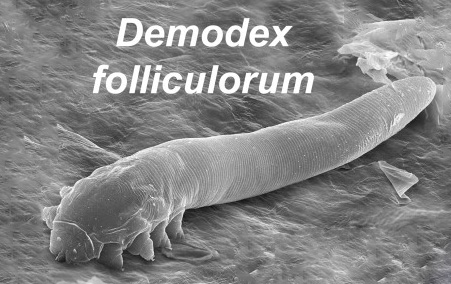
Your skin hosts a diverse community of approximately 1,000 bacterial species alongside fungi, mites, and viruses that collectively form your skin microbiome. These microorganisms create a protective barrier against harmful pathogens, regulate your immune system, and even influence how you smell. When you shower with antibacterial soap or scrub vigorously with loofahs, you disrupt this delicate ecosystem, potentially eliminating beneficial bacteria that prevent skin conditions like eczema and acne. Research increasingly suggests that our modern obsession with cleanliness may contribute to rising skin sensitivity issues and allergies as we repeatedly destroy the microbial diversity that evolved to protect us. Finding balance between hygiene and preserving your skin’s microbial allies might mean switching to gentler cleansers or reducing shower frequency.
Soil Microorganisms: The Underground Workers

Every footstep in your garden crushes hundreds of soil microorganisms that form the foundation of terrestrial ecosystems. These invisible workers—bacteria, fungi, protozoa, nematodes, and arthropods—decompose organic matter, cycle nutrients, filter water, and create soil structure. A single teaspoon of healthy soil contains more microorganisms than there are people on Earth, yet gardening activities like tilling, chemical fertilizer application, and pesticide use dramatically reduce this biodiversity. When we destroy these organisms, we diminish soil fertility, reduce plant health, and contribute to agricultural challenges that often lead to more chemical interventions. Adopting no-till gardening methods, composting, and reducing chemical inputs can help preserve these crucial soil communities that ultimately feed humanity.
Dust Mites: The Misunderstood Housekeepers
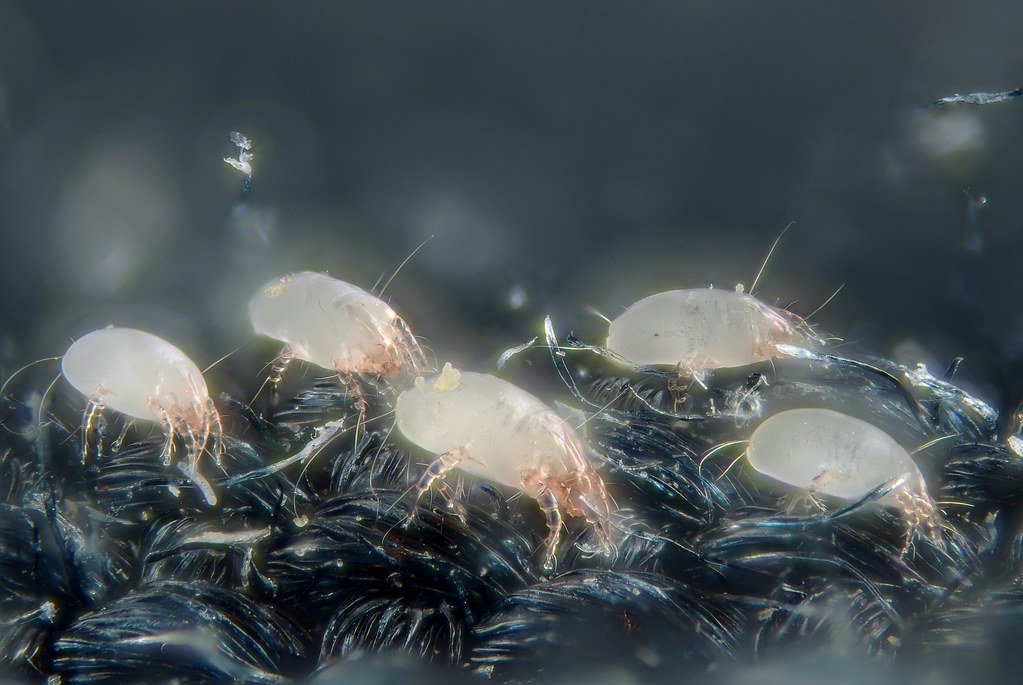
Despite their reputation as allergen-producing pests, dust mites perform valuable ecological services in our homes by consuming dead skin cells, pet dander, and other organic debris. These microscopic arachnids—measuring just 0.3 millimeters—prevent the accumulation of biological waste in our living spaces. When you vacuum thoroughly or use allergen-killing sprays, you eliminate not just the problematic allergens but also the creatures that help manage indoor organic matter. While controlling dust mite populations is necessary for allergy sufferers, complete eradication disrupts indoor ecosystems. For those without allergies, maintaining a balanced dust mite population might actually contribute to a healthier home environment by processing organic waste that would otherwise accumulate.
Gut Microbiota: Casualties of Medication

Your digestive tract houses trillions of microorganisms collectively known as the gut microbiota, which aid digestion, produce essential vitamins, and regulate immune function. When you take antibiotics to fight infection, these medications don’t discriminate between harmful pathogens and beneficial bacteria, often resulting in collateral damage to your gut ecosystem. Even common medications like antacids, NSAIDs, and certain antidepressants can alter gut microbial communities that influence everything from mood to metabolism. Research increasingly connects disrupted gut microbiomes to conditions including inflammatory bowel disease, obesity, and even depression. Supporting your gut microbial allies through probiotic foods, prebiotic fiber, and judicious use of medications helps maintain this critical aspect of human health.
Household Spiders: The Unappreciated Pest Controllers
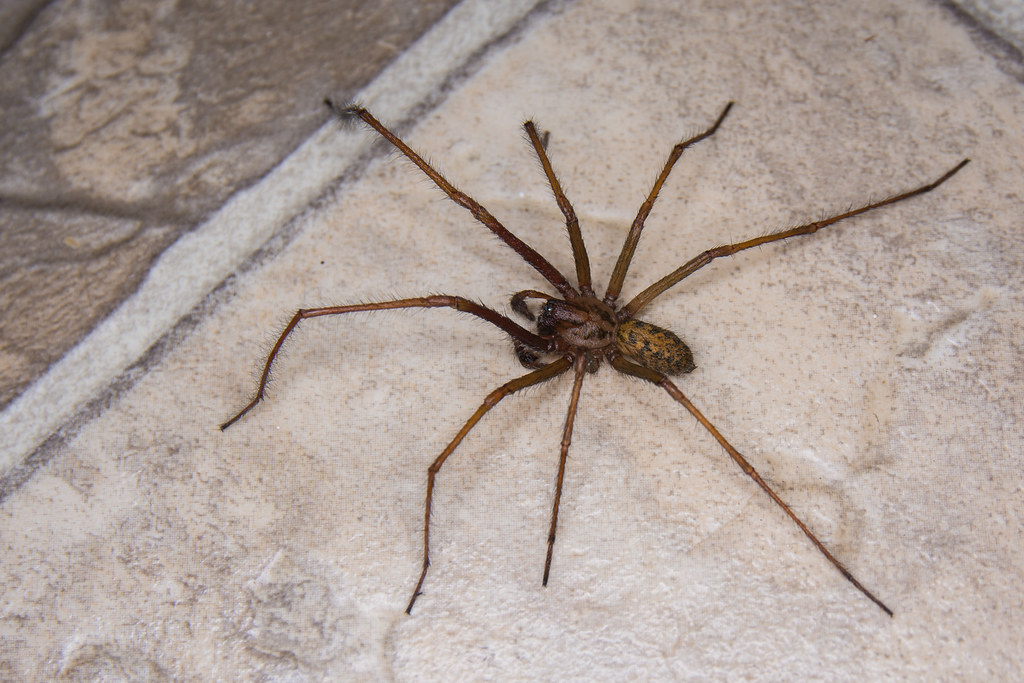
The common house spider quietly performs valuable pest management services by capturing and consuming insects that find their way into your home. Each spider can eat hundreds of insects annually, including mosquitoes, flies, and crop-damaging pests, providing natural pest control without chemicals. When you automatically squash these eight-legged allies or spray them with pesticides, you eliminate efficient biocontrol agents that evolved alongside humans for thousands of years. Most household spiders pose absolutely no threat to humans—contrary to popular belief, less than 1% of spider species worldwide have venom that can harm humans. Allowing these beneficial arachnids to occupy unobtrusive corners of your home can significantly reduce insect populations while decreasing reliance on chemical pesticides.
Aquatic Microorganisms: Down the Drain

Every time you wash your hands or flush a toilet, you send millions of microorganisms down the drain, many of which play crucial roles in aquatic ecosystems. These microscopic water dwellers—including bacteria, protists, and tiny invertebrates—form the base of aquatic food webs, decompose organic matter, and contribute to water purification processes. Harsh cleaning chemicals, medications flushed down toilets, and personal care products containing microbeads or antimicrobial ingredients disrupt these delicate aquatic communities far beyond your home. Water treatment facilities cannot remove all these contaminants, resulting in downstream effects on larger organisms like fish and amphibians that depend on healthy microbial communities. Using biodegradable cleaning products and properly disposing of medications can help protect these essential aquatic ecosystems.
Lawn Biodiversity: Victims of the Perfect Turf

The pursuit of the perfect green lawn comes at a tremendous ecological cost to beneficial insects, arthropods, and soil microorganisms that would naturally inhabit these spaces. Traditional lawn maintenance—mowing, chemical fertilizers, herbicides, and pesticides—creates biological deserts that support few species compared to natural landscapes. When you spray for weeds or apply grub control, you eliminate not just target organisms but also beneficial insects like native bees, predatory beetles, and decomposers that maintain soil health. These chemically-maintained monocultures contribute to declining insect populations worldwide, with cascading effects on birds and other wildlife that depend on these food sources. Incorporating native plants, reducing chemical inputs, and tolerating some imperfection in your lawn can transform it from an ecological desert into a biodiversity hotspot.
Beneficial Kitchen Bacteria: Sanitized Away
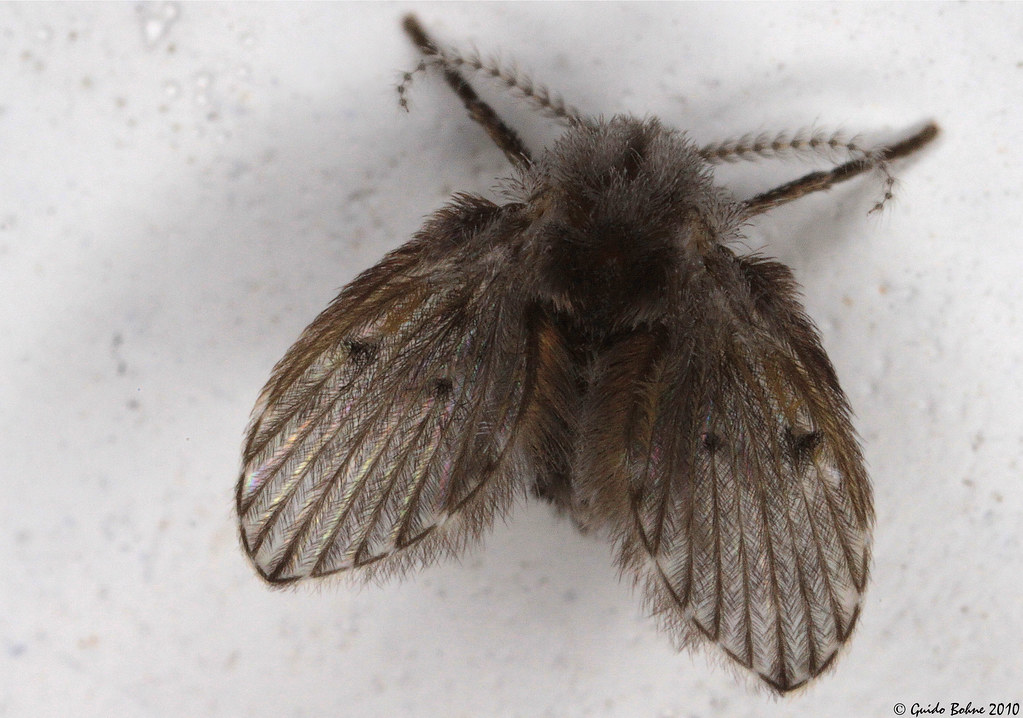
Your kitchen naturally harbors diverse bacterial communities, many of which are not only harmless but beneficial for developing immune resilience. When you vigorously sanitize every surface with antibacterial products, you eliminate these beneficial microbes along with potential pathogens. Research suggests that children raised in overly sanitized environments have higher rates of allergies and autoimmune disorders due to insufficient microbial exposure during immune system development. While food safety requires eliminating harmful bacteria like Salmonella and E. coli from food preparation areas, using soap and water rather than antimicrobial products for routine cleaning preserves beneficial bacterial diversity. This balanced approach to kitchen hygiene supports both safety and microbial diversity that contributes to human health.
Beneficial Garden Insects: Collateral Damage
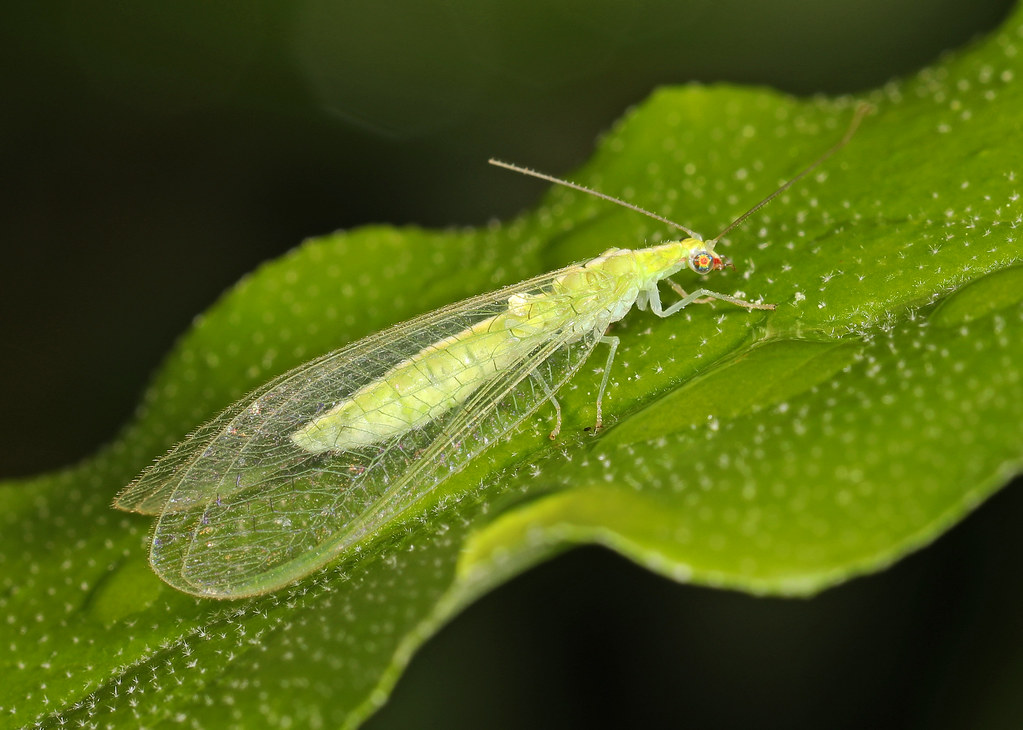
Garden pesticides rarely discriminate between harmful pests and beneficial insects that provide essential services like pollination and natural pest control. When you spray broad-spectrum insecticides to eliminate aphids or caterpillars, you simultaneously kill beneficial predators like ladybugs, lacewings, and parasitic wasps that would naturally control pest populations. These beneficial insects often recover more slowly than pest species, which can rebound quickly and face fewer natural enemies after chemical applications—creating the conditions for worse infestations later. Additionally, many garden “pests” serve important ecological functions, with caterpillars being essential food sources for nesting birds and certain “weedy” plants providing crucial habitat for beneficial insects. Adopting integrated pest management techniques and tolerating some plant damage preserves these essential ecological relationships.
Decomposers: The Cleanup Crew We Interrupt
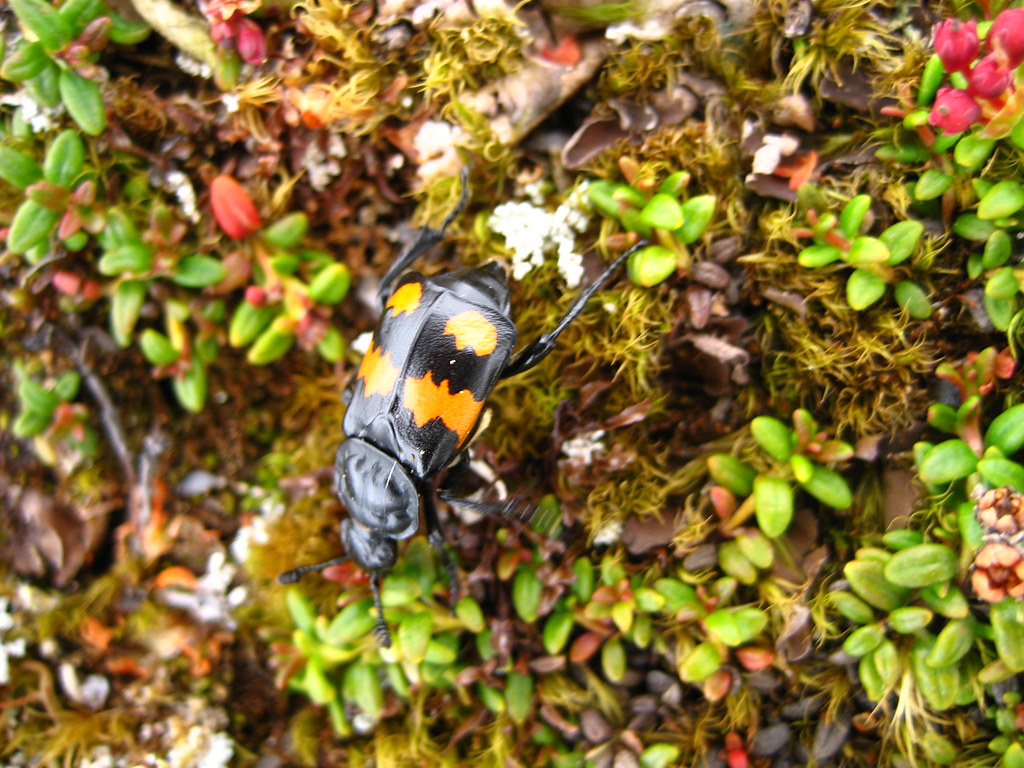
Fungi, bacteria, and invertebrate decomposers break down dead organic matter and recycle nutrients in every ecosystem, including human-dominated landscapes. These organisms transform fallen leaves, dead plants, and animal remains into nutrients that sustain new life in a continuous cycle. When you bag yard waste, remove dead trees, or sanitize compost bins, you interrupt these natural decomposition processes that would otherwise build soil fertility. Even household dust contains decomposer organisms that help break down organic matter in our homes. While complete elimination of decomposition inside homes is necessary for human comfort, directing organic materials to composting systems rather than landfills supports these crucial ecological processes while reducing waste and creating valuable soil amendments.
Symbiotic Fungi: The Hidden Networks

Beneath our feet exists an intricate network of fungal filaments called mycorrhizae that form mutually beneficial relationships with approximately 90% of land plants. These fungal partners extend the plant’s root system, dramatically increasing its ability to absorb water and nutrients while receiving carbohydrates from the plant in return. When you till garden soil, apply fungicides, or disturb natural areas, you fragment these extensive fungal networks that can span hundreds of acres in natural settings. Research shows that plants connected through mycorrhizal networks communicate information about pest attacks and share resources, essentially functioning as a natural internet of the soil. Minimizing soil disturbance, avoiding unnecessary fungicides, and inoculating disturbed areas with mycorrhizal fungi can help restore these remarkable underground networks.
Living in Harmony: Practical Steps Forward
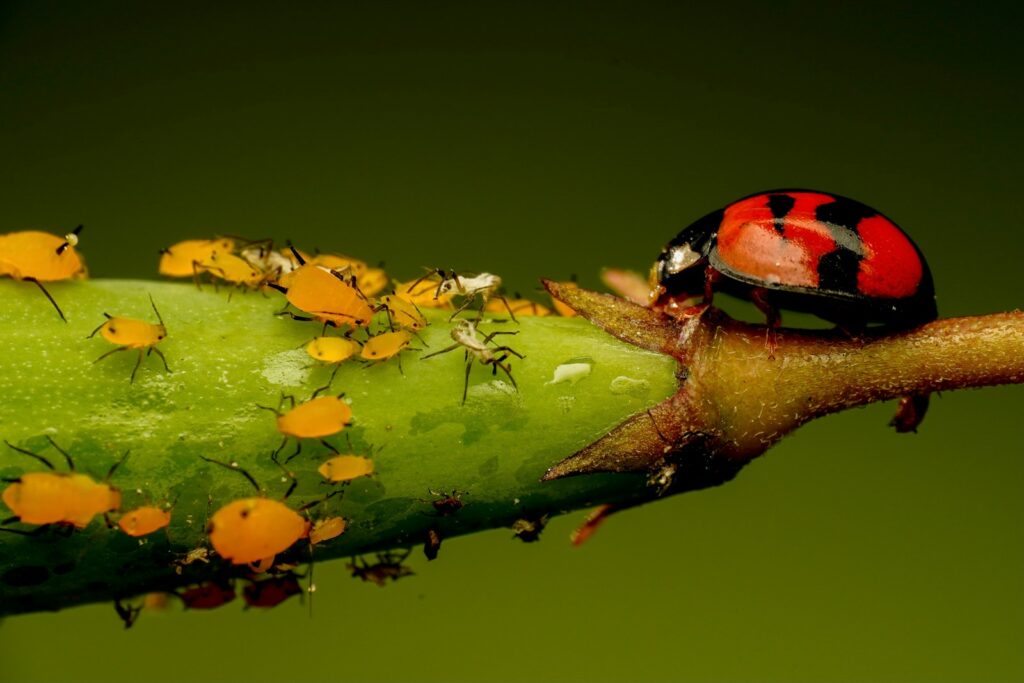
Coexisting with beneficial microorganisms doesn’t require sacrificing cleanliness or comfort but rather adopting a more nuanced approach to daily activities. Consider transitioning to microbiome-friendly personal care products that clean effectively without destroying beneficial skin bacteria. In your garden, embrace biological pest controls, companion planting, and tolerance for some imperfection rather than reaching immediately for chemical solutions. Reduce unnecessary antibacterial product use in your home, focusing sanitization efforts on high-risk areas like raw meat preparation surfaces while allowing beneficial microbes to thrive elsewhere. These small adjustments collectively support microbial biodiversity while potentially improving your health through greater exposure to the diverse microorganisms that our immune systems evolved alongside. Living with rather than against these microscopic allies represents a more sustainable approach to human health and environmental stewardship.
Conclusion
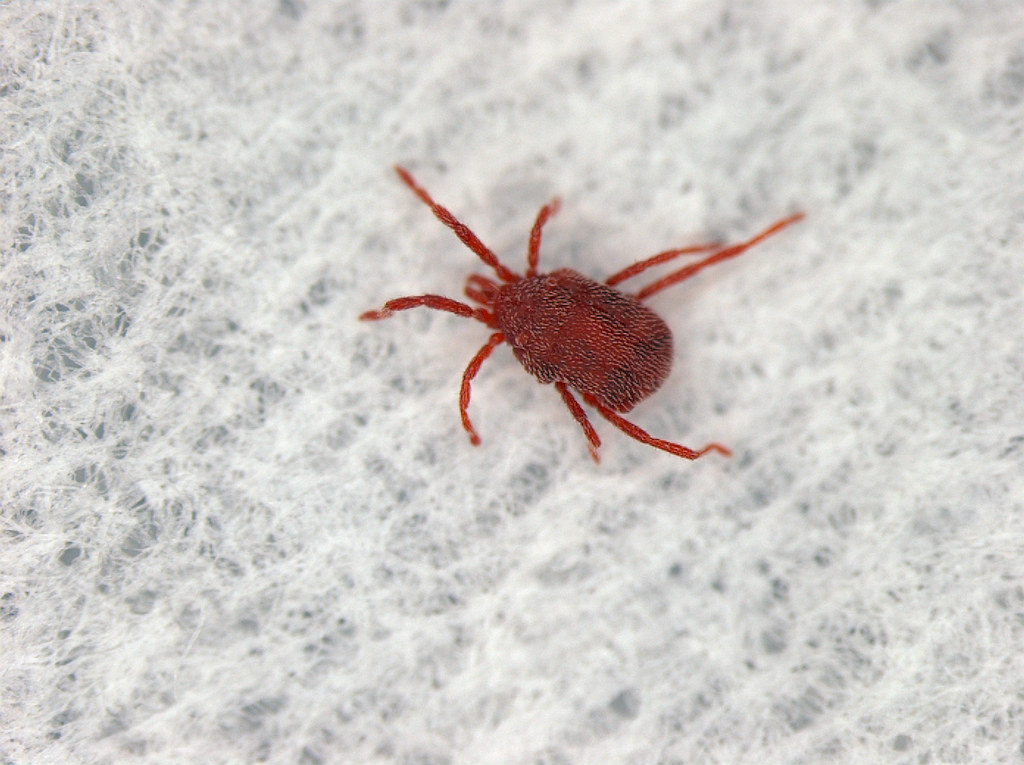
As we navigate an increasingly sterilized world, understanding our relationship with beneficial microorganisms offers a path toward more balanced ecosystems and potentially improved human health. The microscopic casualties of our daily activities aren’t just collateral damage—they represent broken ecological connections that evolved over millions of years. By making conscious choices that preserve beneficial organisms while maintaining necessary hygiene, we can foster healthier relationships with the microbial world. This awareness doesn’t demand perfect ecological decisions but rather thoughtful consideration of how our actions affect the invisible majority that shares our planet. In protecting these tiny allies, we ultimately protect ourselves and the ecological systems upon which all life depends.

